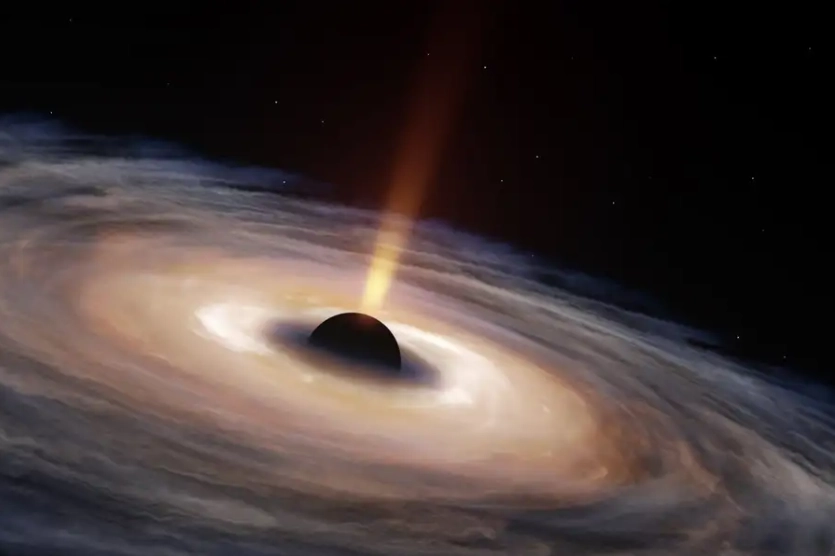Black holes are one of the most fascinating and mysterious objects in the universe. They are regions of space where gravity is so strong that nothing, not even light, can escape from their grasp. Black holes are formed from the remnants of massive stars that have exhausted their fuel and collapsed under the force of their own gravity. As they collapse, their density and gravitational pull become so strong that they create a singularity, a point of infinite density and zero volume. Around the singularity, there is a boundary called the event horizon, beyond which anything that crosses can never return. Black holes come in different sizes, ranging from tiny ones with the mass of a few suns to supermassive ones at the center of galaxies with the mass of billions of suns. Despite their elusive nature, scientists have been studying black holes for decades to understand their properties and role in the cosmos.

A groundbreaking discovery was made by American scientists who used the powerful Webb Space Telescope to unveil the oldest black hole known to date, formed just 570 million years after the universe’s birth. With a mass equivalent to 10 million suns, this colossal black hole offers important insights into how these enigmatic cosmic entities originate and evolve. Despite their mysterious nature, scientists believe that supermassive black holes located at the center of galaxies may have formed from the merger of small black holes or from the direct collapse of a large amount of gas in the early universe.
Dr. Larsen and her team used the Webb Space Telescope to observe the brightest galaxy in the early universe, which Hubble had previously identified. By analyzing the different wavelengths of light emitted by galaxies, the team was able to discover the black hole hidden at the center of the galaxy. The research has been submitted to the paper preprint website for further review.
RELATED:
- Download James Webb Telescope Wallpapers for smartphones
- Xiaomi crowdfunds the Duka TR1 Sightseeing Telescope Rangefinder
- Best Mechanical Keyboard for Mac in 2023
(Via)







